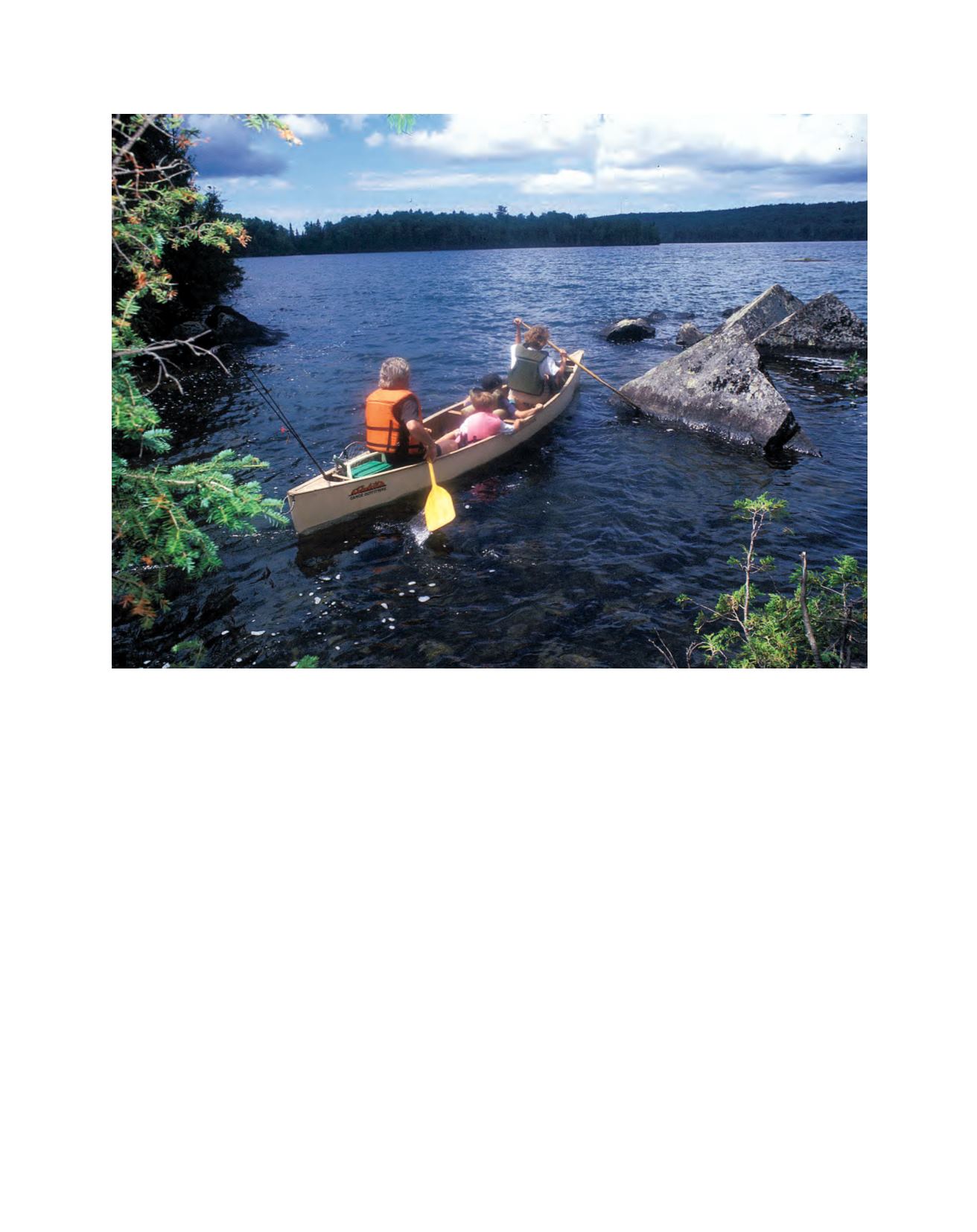

[
] 262
• It accounts for the true value of ecosystems. Managers measure the
stocks and flows of ecosystem services and ensure that the people
who rely on them know their value and the cost of losing them.
Through careful market manipulation, the value that people get
from ecosystem services can be translated into cash. One way is
through forest certification, which draws on the willingness of
consumers to pay a premium for wood generated from sustainably
managed forests. Enrolment in certification programmes has been
growing in the United States, especially for State and private indus-
trial forest land. However, 42 per cent of forest land is in the hands
of family forest owners, only 9 per cent of whom listed timber as an
important management objective in a survey held in 2003. Less than
2 per cent of their lands are enrolled in certification programmes.
Another way of generating income from ecosystem services is
through cash payments. In the Pacific Northwest, for example, munic-
ipal and industrial discharges have raised river temperatures above
levels tolerated by salmon and other native fish. The States have begun
enforcing water temperature limits by issuing discharge permits that
require the installation of costly refrigeration units at the end of
discharge pipes. In Oregon, a State/Federal partnership has devel-
oped a scientifically sound method of cooling rivers by planting trees
along stream banks, making it possible for cities to pay upstream land-
owners to plant and maintain vegetation along streams. This method
provides twice as many water temperature benefits at a
third to one-half the cost of refrigeration units.
Payments for ecosystem services can involve
Federal/local partnerships. In Colorado, for example,
the USDA Forest Service has formed a partnership
with the city of Denver to use municipal funds to
restore forests that protect municipal water supplies.
The Hayman Fire of 2002, the largest in Colorado
history, severely damaged Denver’s municipal water-
shed, which lies on a national forest in the Rocky
Mountains. The Denver water board has made a five
year commitment to match the USDA Forest Service’s
own US$16.5 million investment in treatments to
restore and protect Denver’s municipal watershed.
A land ethic
Protected-area management has long been a cornerstone
of conservation in the United States. Sound ecosystem-
based land management, especially in an era of climate
change, is cross-jurisdictional, promoting partnerships
and collaboration across landscapes and watersheds. In
the end, the story of forests in the United States is about
the people who own, manage, and use them. The outcome
will depend on how they choose to relate to the land.
Superior National Forest, Minnesota
Image: Ken Hammond, USDA
















